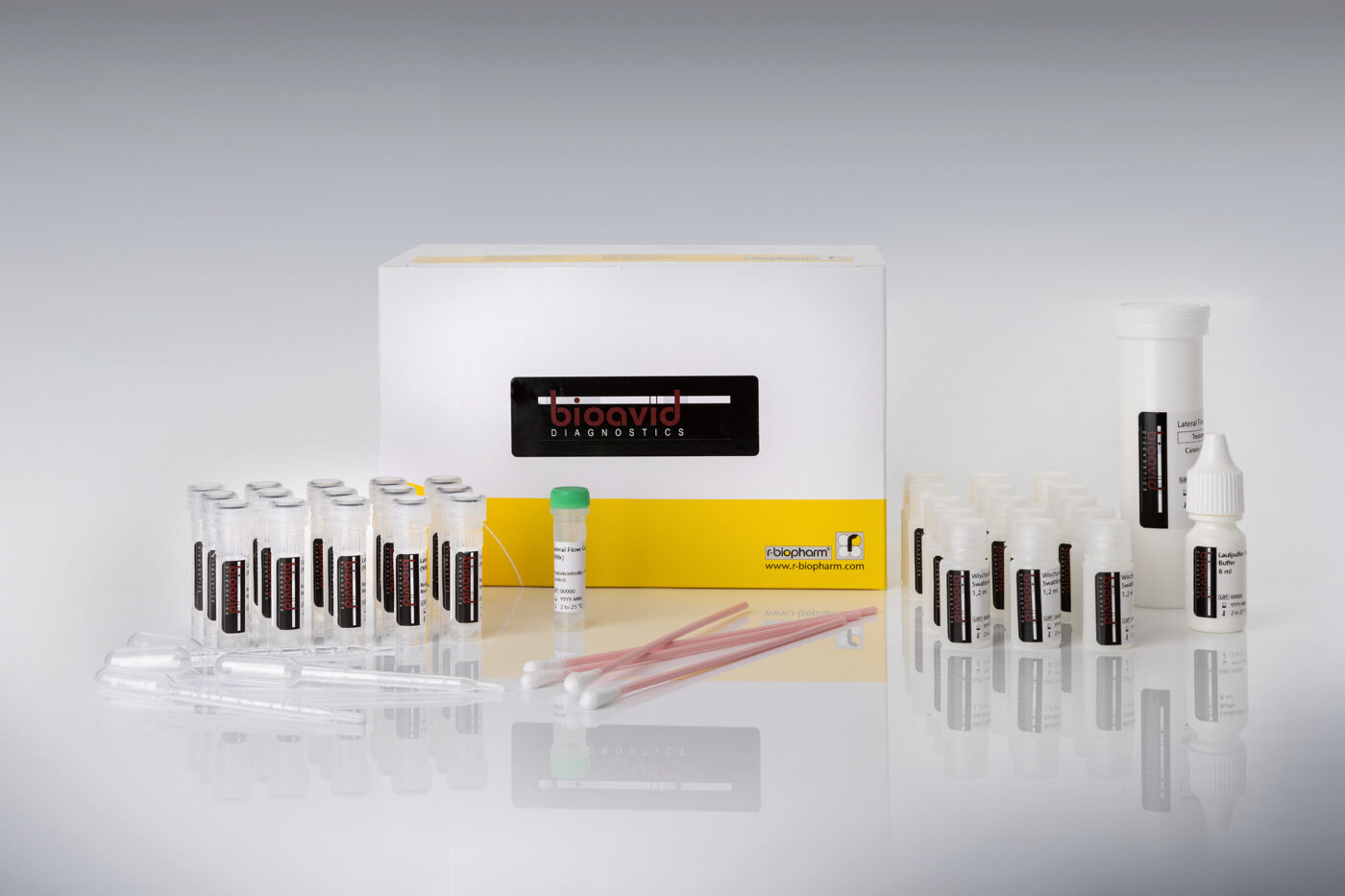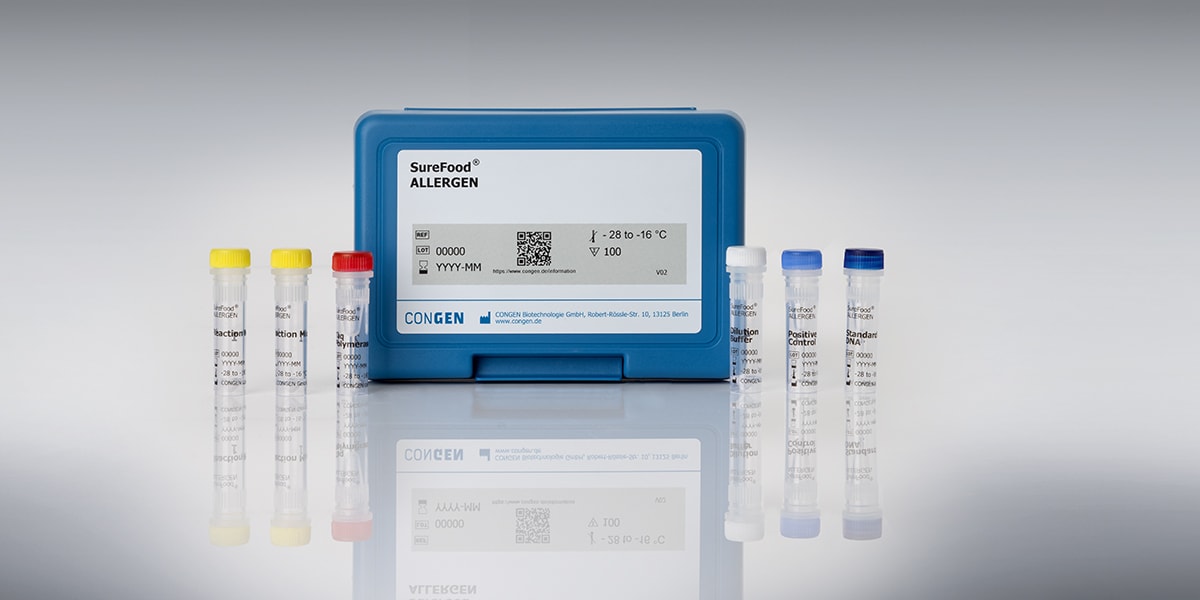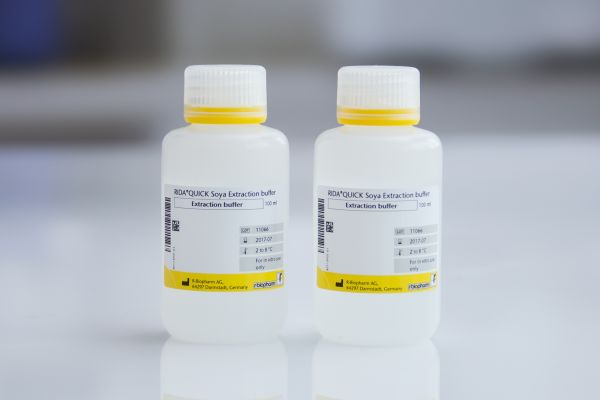
Recent news in Food & Feed Analysis
- Home
- /
- Soya: Healthy and versatile
Soya: Healthy and versatile

Soya is becoming more and more popular not only among vegetarians. But there’s more to soya than tofu: The „miracle bean“ takes on important tasks in the food and technical industry. Here’s everything you should know about the soybean – and its role in your allergen management.
With its high protein content, the soybean is considered very healthy. It is used as a basis for soya sauce, soya milk, tofu and miso. Furthermore, soya is present in many other foods, for example in margarine, bread and bakery products, cereals, dairy products, instant products, sauces, chocolate, biscuits, ice cream and other sweets. The reason for this is that soy protein has the useful ability to bind fat with water. Soya is therefore often used as an emulsifier, because it improves the texture of the food and makes it look more appetizing. At the same time, soy protein prolongs the shelf life of many foods. Rolls are given more volume and a crispy crust by adding soy protein to the dough.
Besides soy protein, soya supplies some other valuable substances, including soya oil and soya lecithin, making soya products interesting also for some non-food industries:
- Pig and chicken feed often contains soya, because it accelerates growth, shortens the fattening period and improves the animals’ health.
- The technical industry uses soya as an emulsifier in the production of paints, coatings and adhesives.
- Soya lecithin added to solvents for chemical cleaning improves the removal of dirt.
- Soya lecithin has a protective impact against some plant diseases and is therefore added to plant protection products.
- The cosmetics industry uses soya lecithin in creams and shampoos, because it acts lipid regulating and stabilizes the skin’s natural pH level.
- Soya oil is an important raw material in the production of biodiesel.
Soy protein as an allergy trigger
The growing range of soy products has been accompanied by an increase of soy allergies. Approximately 0.1 to 0.2 percent of the population are allergic to soy products. Even small amounts, such as 5 mg of soy protein, may cause allergic reactions. Being one of the „big 8“ food allergens, soya has to be labeled as an ingredient. Food producers should test their production facilities for possible contamination with soya as a support for their hygiene and allergen management. For that purpose we have developed a dip stick which can be used without major equipment directly on-site.
Soya detection using RIDA®QUICK Soya
In order to detect soya in food, the sample is tested for certain soy proteins, such as β-Conglycinin (Gly m5) and Glycinin (Gly m6). Especially in case of processed food, these soy proteins cannot be detected using common methods. However, our particularly sensitive method, which is used in RIDASCREEN®FAST Soya and RIDA®QUICK Soya, is able to detect soy protein also in processed food. This can be done through a unique extraction at 100 °C, which results in the denaturation of all soy proteins. In this way, the specific antibodies are able to detect the soy components Gly m5 and Gly m6 accurately. The application is easy to use and doesn’t require extensive laboratory equipment. The dip stick can be used to swab all surfaces in the production area and provides results in only 5 minutes. With a detection limit of 0.5 µg soy protein per 100 cm², RIDA®QUICK Soya is the most sensitive dip stick on the market.



